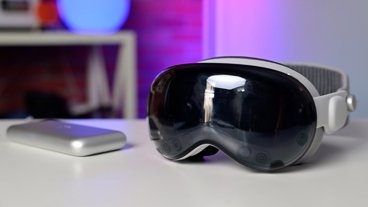Reacting to Apple at CES 2012 part one: Intel's Ultrabooks
Apple has played the rhinoceros to many campfires lit at CES over the past several years, stomping out netbooks and Microsoft's Windows 8 Slate PC with the iPad and Google's Nexus One with iPhone 4 in 2010, and then returning a year later to extinguish any flames of excitement surrounding RIM's PlayBook and Android 3.0 Honeycomb tablets with iPad 2.
This year, two of the biggest initiatives at CES, Intel's Ultrabooks and Samsung's Galaxy Note pad-phone with a stylus, were clearly aimed at responding to two of Apple's most successful products.
Are Intel's Ultrabooks the MacBook Heir?
Positioned next to Microsoft near the central entrance of the trade show, Intel had a selection of Ultrabooks on display from Acer, Asus, Lenovo and Toshiba, all "inspired by Intel" in the sense that they are based on the company's chipsets and design recommendations.
While clearly patterned after Apple's MacBook Air, Intel really has competition from Qualcomm in mind, specifically the rival chipmaker's new ARM-based Snapdragon S4, which is aimed at delivering a new wave of tablets and netbook-like devices that will be able to run not just Android but also eventually Windows 8 at some point after it ships at the end of this year.
While Qualcomm was represented at CES, Apple wasn't, forcing AppleInsider to supply its own MacBook Air for direct comparisons with the Ultrabooks on display in Intel's booth. In the photos below, the MacBook Air has the backlit keyboard, while the Ultrabooks appear affixed with Windows and Intel stickers.
Microsoft's efforts to port Windows 8 to ARM (in order to compete with Apple's iPad in the tablet market) scares Intel enough to make it willing to risk its relatively new Intel Mac partnership with Apple to pursue its own Ultrabook strategy aimed at cloning the success of the MacBook Air across other PC makers. The biggest problem for Ultrabooks is that they're too expensive to compete with the MacBook Air.
On page 2 of 3: Wintel, Intel Macs now a frienemy free for all
Intel's previous attempts to get PC makers to successfully clone Apple's designs, such as its 2005 effort to copy the Mac mini, didn't pan out, but Apple subsequently adopted Intel's chips itself across its Mac lineup. As the third largest and fastest growing PC maker in the US, Apple is now a significant customer of Intel's x86 chips.
At the same time, Intel appears to be focused on finding and retaining other x86 chip customers, knowing full well that Apple will leave Intel behind the moment it gains access to more desirable processors. Apple did just that with the iPad, abandoning its initial plans to use Intel's Silverthorne (now Atom) chips after developing a more power efficient ARM chip of its own, the A4.
New generations of Apple's ARM-based processors are reportedly already threatening to steal away Intel's chip business in future MacBook Air models, while other ARM chip designers (principally Qualcomm) are gunning to keep Intel out of the smartphone and tablet business and, at the same time, expand into mobile PC netbooks and notebooks, a market dominated by Intel and predicated upon its x86 chip architecture.
Intel has responded with an Android "Medfield" smartphone reference design that could be mistaken for an iPhone 4. The company partnered with Google on Android last September to counter both Microsoft's lack of x86 support in Windows Phone 7 and its upcoming plans to support ARM-based PC and tablet devices with Windows 8.
Intel had previously partnered with Linux and then Nokia to hedge its "Wintel" partnership with Microsoft. Microsoft subsequently partnered with Nokia a year later and induced the company to abandon its Meego Linux partnership with Intel to focus on Microsoft's own Windows Phone platform.
On page 3 of 3: Ultrabooks are more than just a second-hand breath of Air
At the same time, Intel's Ultrabook plans are also getting support from Microsoft, which wants to see Windows running everywhere. Ultrabooks also promise to raise the average price of PCs, a goal Microsoft has already struggled with its PC partners to achieve, first in thwarting Linux on ultra cheap netbooks, then with Windows 7 pricing strategies.
In mid 2009, Microsoft's chief executive Steve Ballmer said Microsoft would use Windows 7 to "readjust those prices north," part of an effort that BusinessWeek described as "a new pricing strategy around Windows 7 that the company hopes will result in far more upgrades to premium SKUs, and a reversal of a strategy in the last year to cut prices to spur demand in emerging countries."
Microsoft's efforts to raise PC prices with the help of manufacturers has resulted in small annual upticks in the Average Selling Prices of PCs over the past two holiday seasons according to NPD Group, a reversal of decades of plummeting PC prices that have continually eaten away the profits of PC makers and, in the last few years, even began to affect Microsoft's bottom line.
While most Ultrabook designs have features in common with the light and thin MacBook Air, others could be mistaken for MacBook Pros, with optical drives and conventional hard disks. So rather than being a malicious swipe at Apple by Intel to destroy the MacBook Air, Ultrabooks are really a quite desperate move to prevent PCs from losing their dependence upon Intel's x86 chip architecture as well as an equally desperate attempt to salvage the profitability of PC makers outside of Apple.
Ultrabooks are only copying Apple because Intel wants the same results Apple is experiencing. Unfortunately, Ultrabook PC makers lack the sophisticated operations and retail presence Apple has, in addition to lacking the halo provided by the iPod, iPhone and iPad.
While a variety of PC makers have also tried to build portable media players, smartphones and tablets, they haven't yet been able to match Apple in those categories either. Part two looks at Samsung's efforts with the Galaxy Note, and three provides an overview of Apple's impact on other CES exhibitors, including Motorola, Nokia, RIM and Sony.
 Daniel Eran Dilger
Daniel Eran Dilger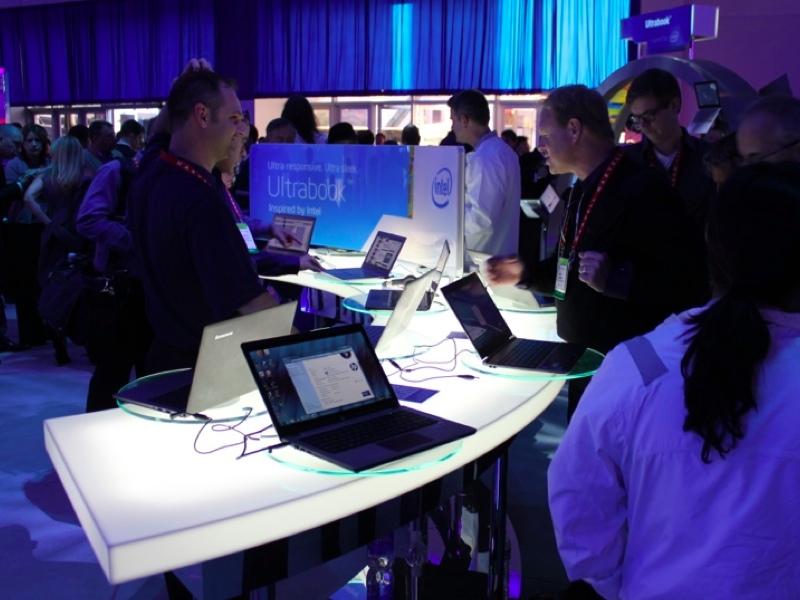

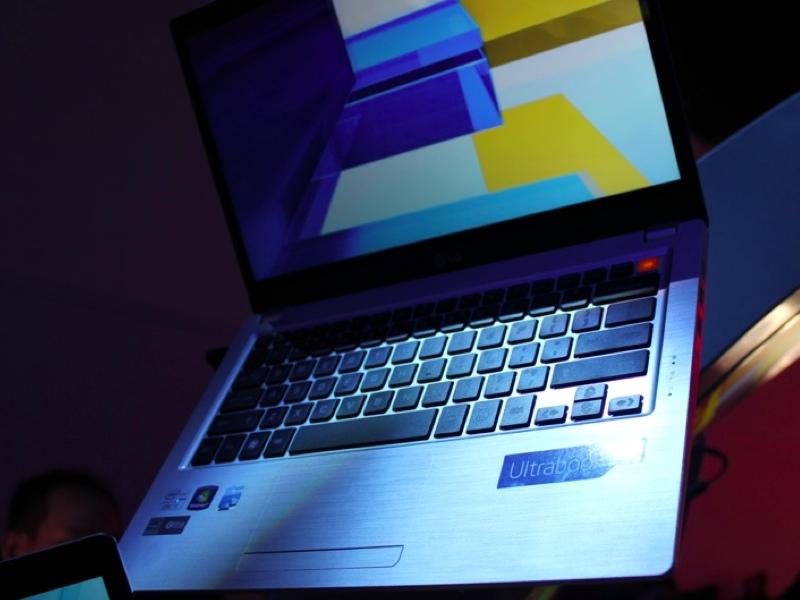
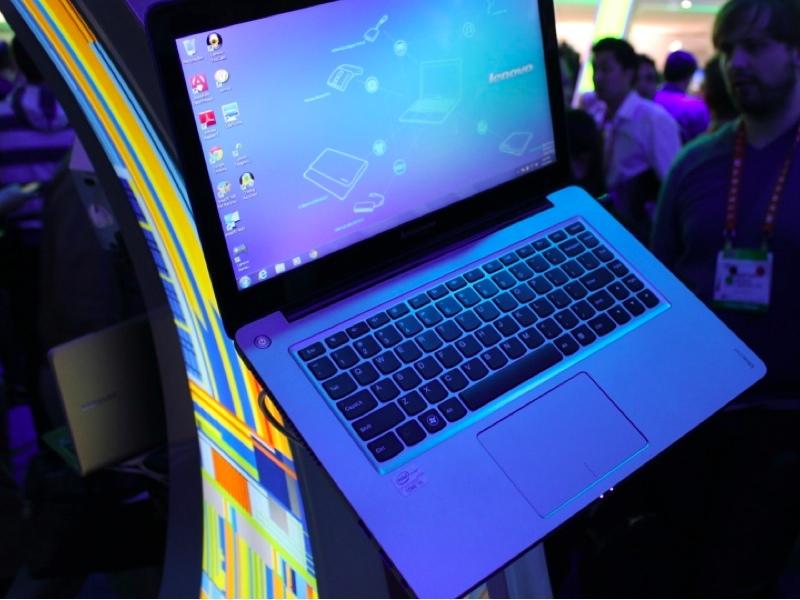
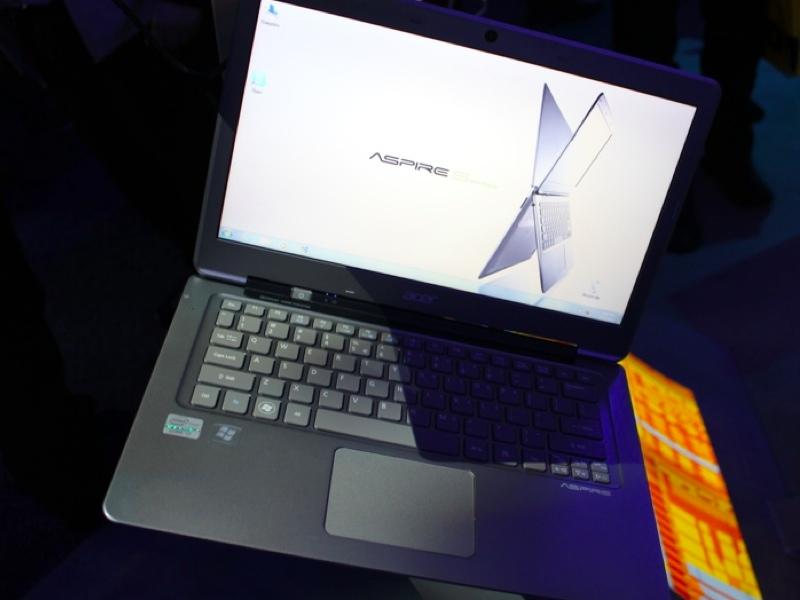
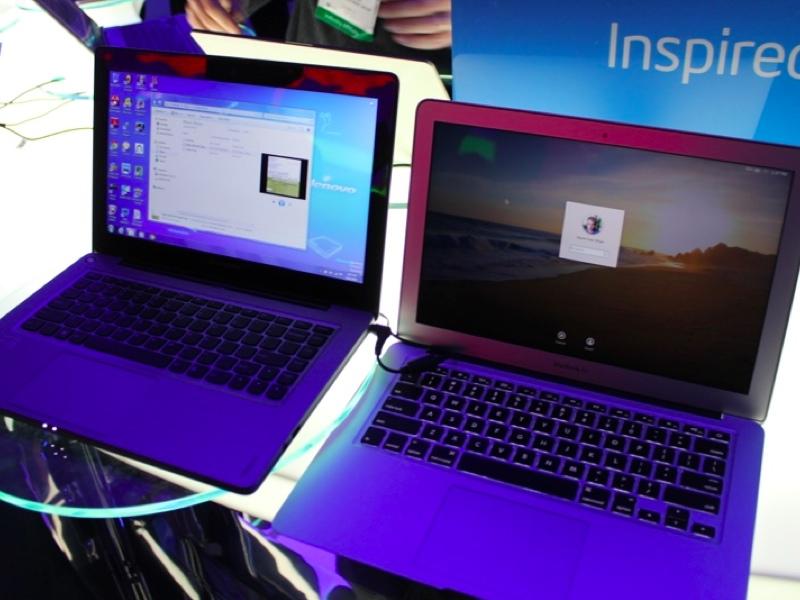
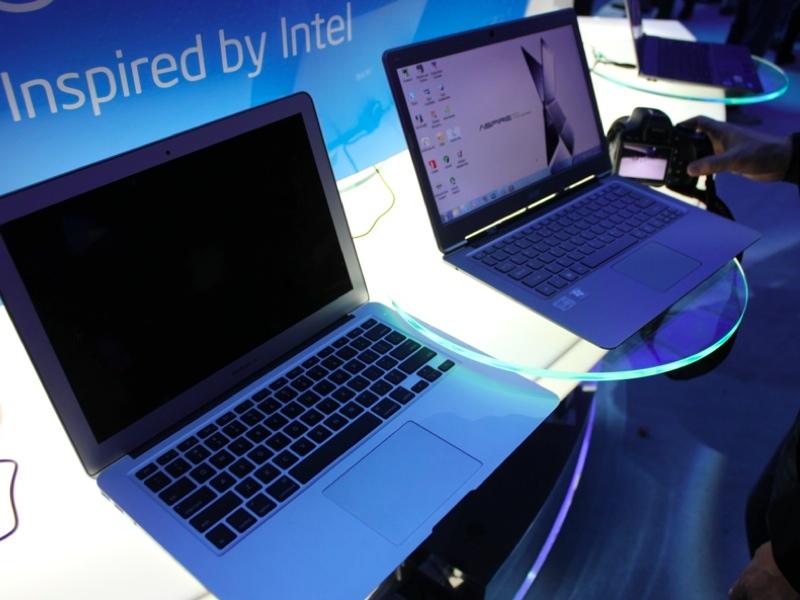
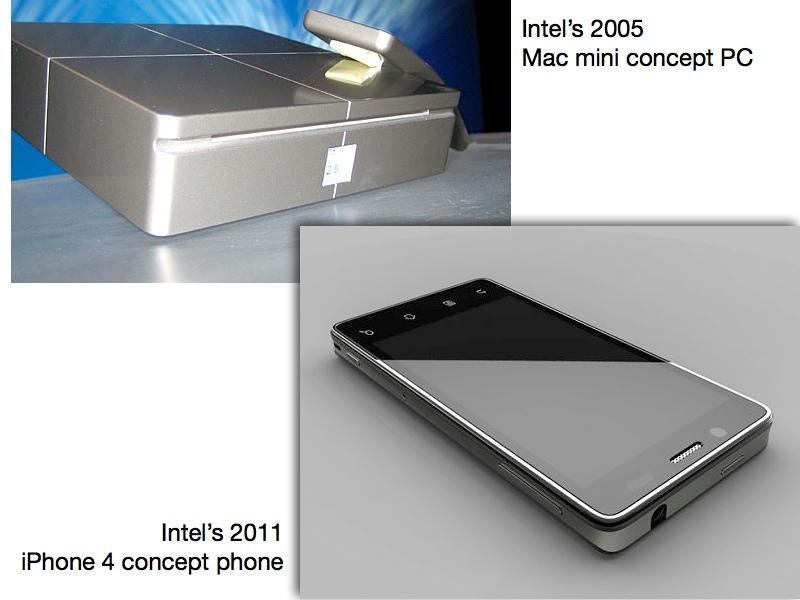
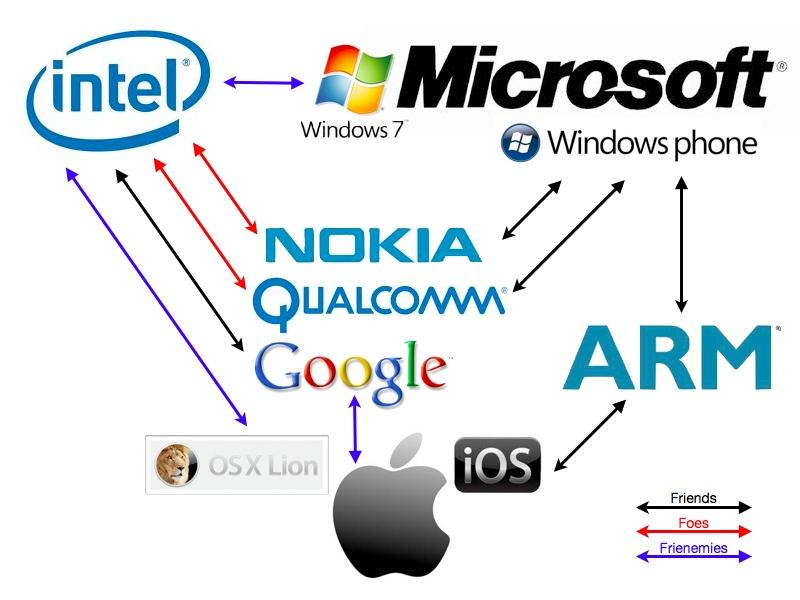











 Andrew Orr
Andrew Orr
 Sponsored Content
Sponsored Content
 Malcolm Owen
Malcolm Owen

 William Gallagher
William Gallagher

 Mike Wuerthele
Mike Wuerthele
 Christine McKee
Christine McKee

